#sophieharristaylor
Photo
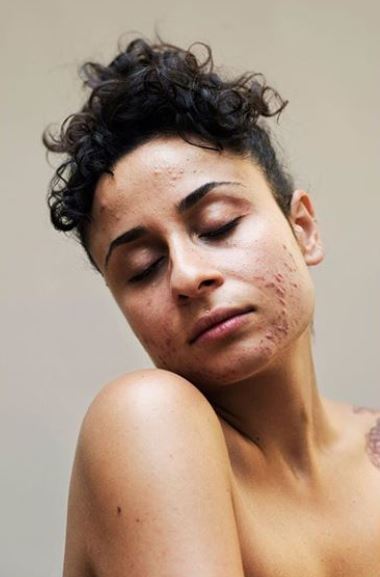
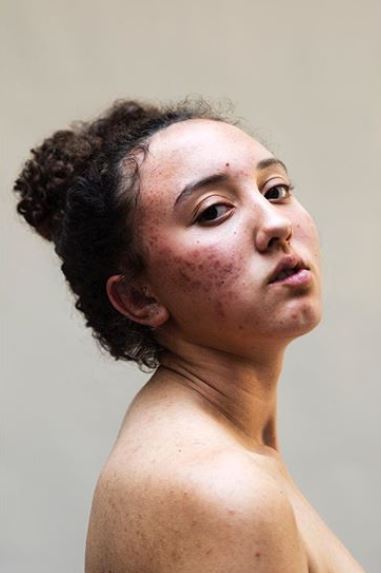
Real skins
#sophieharristaylor#sophie harris-taylor#Photographer#skins#skin#pele#piel#peles#espinhas#espinha#real skin#natural#beleza natural#no makeup#natural beauty#girls#self confidence#Self Acceptance#self love#se ame#models#modelo#espinha no rosto#skin positive#skin positivity#skin poppin#love yourself#love you all#pele positiva#skinpositive
2K notes
·
View notes
Photo




Sophie Harris Taylor- Slight Wounds
Experience and time are imprinted on the bodies of women in Sophie-Harris Taylor’s Slight Wounds (2014). The aesthetically statuesque forms do not replicate the smooth, seamless texture of marble but show living flesh, scarred and marked. Influenced by the imagery of renaissance goddesses, Harris-Taylor subverts the notion of the classical perfected body while simultaneously drawing upon the ethereal. Instead of glorifying the bodily ideal, she places the ‘imperfections upon an alter…making gods of the truth.’[1] The truth which Harris-Taylor speaks of is the reality of the female body, it’s corporeality, where blemishes are the traces of living, and experience is something which itself signifies beauty.
Untitled (Fig.1) shows variations of light and shade, which highlight the nuances of the body, while the deeper contrast of skin against the dark background creates an opalescent effect. The subject’s head is obscured, as with each image from the series. In this particular example, the viewer is invited to perceive the semblance of the body detached from any distinct identity. In doing so, the eye is drawn to each texture and mark upon the body without the ability to project emotions towards a visible face. The effect of this is that the form is open to a detached mode of consideration and appreciation from the viewer, who is encouraged to see beauty in what would generally be regarded as imperfection. While this could be judged to be problematic in that the female’s identity is reduced to the ‘imperfections’ of her body, Harris-Taylor’s intention was to elevate the subjects into godliness.
The obtuse angle of the body is complimented by the triangular shapes of the raised arm, leg and breast creating a sharp and angular aesthetic. This is echoed by the angle created with the material which interrupts the left hand side of the frame with the line of the fabric she is laid on. This also disrupts any idea that the body is suspended in darkness, details like creases in the fabric in a range of the images bring the subject back into the setting of an interior, naturalising it.
The pose allows for the bruised ribs and scar on the subject’s torso to be clearly visible. The body becomes a vulnerable, breakable thing which could be said is part of its beauty. The ribs and the bones of the toes which can be seen so visibly, in addition to the general posing, gives a skeletal impression, creating the idea that the viewer can see beneath - a hinting of anatomy, while simultaneously drawing attention to the surface. Harris-Taylor’s posing appears to be part of a metamorphosis from the classical poses featured in paintings such Titian’s Venus of Urbino, Manet’s Olympia and the variations of Odalisque to the distorted nudes of Bill Brandt, while also sharing the fluidity of more contemporary ballet movements. The viewer is not only encouraged to scrutinize the scars of female flesh, but also the temporary marks of a code of ‘womanliness’. For example, in Untitled (Fig.2) the reddish marks left by underwear can be seen.
This trace of under clothing intersected by the vertical scar places the body in a position between nature and culture and gives the impression that the culture is also scarring. Furthermore, the marks form a cross on the subject’s, perhaps allegorical, or more disturbingly a branding. Either way, the lines dissect the body into four, drawing more attention to its corporeality and the details of the skin. The object edging into the left side of the frame echoes the bodily scar as it cuts through the darkness with a similar effect. It is also noteworthy that the bodies used in Slight Wounds all vary in skin tones (Fig.3) and shapes (Fig.4) but are all presented with an uninterrupted aesthetic.
By including not only bodily marks, but bodies which generally don’t conform to societal standards - in regard to body mass for example - Harris-Taylor is calling for an enlightenment of a beauty beyond socio-cultural boundaries. Encouraged is a more nuanced idea of beauty while allowing the term to be opened up and understood through other bodies. As opposed to romanticising the ideal, here the imperfections are romanticised as signifiers of beauty. The photographer speaks of wanting to ‘go beyond subverting the ideal’ and instead to ‘ignore it’.[2] However, she does not appear to ignore the ideal as far as the images of idealism form part of her foundation, but dismantles it. It could be questioned whether in fact ignoring the ideal as opposed to subverting would be a more progressive way towards a new image of the woman which is completely liberated from the traditional conventions which played a part in it’s imprisonment.
The form of the bodies often takes on a quasi-surreal appearance with the positioning of the limbs and the ‘missing’ body parts. In addition to the anonymity from hidden faces and heads, thus adds to the idea of the female body as taking the form of an object. The idea of the object can be attributed to the influence of the statuesque, monuments of beauty and homage to the divine. The ‘imperfect’ female body is modelled on this aesthetic to be exalted. However, although the body can then exhibit a truth, portraying ‘beauty in the body as an object’ could be seen to be viewing the female body in a reductive way.[3] As Journalist, Angela Carter writes in Nothing Sacred,
It is a central contradiction in European art that its celebration of the human form should involve subsuming the particularities of its subjects in the depersonalising idea of the nude, rendering her - in the name of humanism - an object.[4]
In considering the idea of the naked woman, Carter goes on to say ‘Naked, a woman can never be less than herself for her value in the world resides more in her skin than her clothes.
Though naked, she loses her name and becomes a ‘blue nude’ […] ’Venus’, this personal anonymity is the price of a degree of mystification of her naked body that means she can accede to a symbolic power as soon as her clothes are off.[5]
Interestingly the terms ‘naked’ and ‘nude’ are used interchangeably here. If we were to consider notions of nakedness and the nude from Clark, Slight Wounds would primarily appear to be images of nakedness being ‘imperfect’ and individual bodies. Culture is generally attached to the nude, itself being considered as a form of dress. However, traces of culture are no doubt evident, and these bodies do not exist outside of representation, they exist as representations of the ‘other’ body of the woman, that is against the ideal, and they also stand to represent goddesses as well as visually resembling a tradition in art history. Here, like Clark’s nude, the act of photography has elevated the body, but other than the posing, the imagery does not resemble the traditional nude, highlighting rather than masking, each slight wound. Instead of raw material to be moulded into idealism Harris-Taylor embraces the raw material as beautiful. Then these images appear to obliterate the binary of nude and nakedness, which as Lynda Nead argued remains a flawed concept in itself.
While the women are de-individualise in respect to their missing faces, the individual marks on their bodies injects back the sense of individuality and non-universality. However, the problem persists that the bodies are regarded as objects despite their more truthful nature. Could showing the faces of these women have reduced their divinity? Would their ‘imperfections’ still be seen as beautiful or do women need to be seen as objects by a detached viewer in order for their individual bodies to be deemed as beautiful? Perhaps Sophie Harris-Taylor’s series functions as a bridge between ideologies in a highly saturated world of idealism that may be hard to convince. It is important to consider this as one way in which photographers are attempting to use fine art photography in order to resist what is the dominant image of women and encourage a change in perception of the female body.
[1] Sophie Harris-Taylor, Slight Wounds (2014) <http://www.sophieharristaylor.com/Slight-Wounds> [accessed 5 August 2015].
[2] Shaun H Kelly, Slight Wounds by Sophie Harris-Taylor (2014) < http://www.strantmag.com/slight-wounds-by-sophie-harris-taylor/> [accessed 5 August 2015].
[3] Ibid
[4] Angela Carter, Nothing Sacred (London: Virago Press, 1982), p.103.
[5] Carter, pp.103-104.
© Georgia Donkin 2015
#dissertation#mastersdegree#imperfection#photography#sophieharristaylor#malegaze#feminine#beauty#fineart#body
2 notes
·
View notes
Text


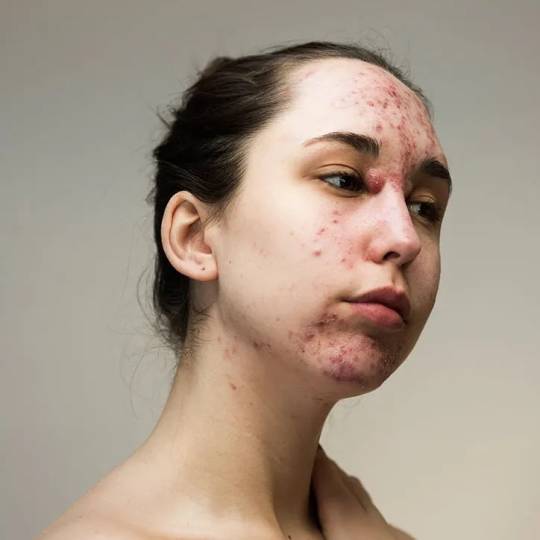
Representation is important. On Instagram as elsewhere in the media, designers represent a lot of characters that meet the "beauty criteria" imposed by society.
I want to represent the "real beauty" of people, with all their "imperfections". In this approach, I decided to respond to the "Draw This in your style" challenges by highlighting human diversity and representing minorities that have been ignored for too long in the media.
I hope to inspire other artists to do the same, so that "real people" feel more represented in art and media.
For this nice challenge proposed by @levona_art (second image), I was inspired by a photo made by @sophieharristaylor for her project Epidermis (third image).
.
La représentation est importante. Sur Instagram comme ailleurs dans les médias, les créateurs représentent énormément de personnages répondant aux “critères de beauté” imposés par la société.
Je souhaite représenter la “vraie beauté” des gens, avec toutes leurs “imperfections”. Dans cette démarche, j’ai décidé de répondre aux challenges “Draw This in your style” en mettant en avant la diversité humaine et en représentant les minorités trop longtemps ignorées dans les médias.
J’espère inspirer d’autres artistes à en faire de même, afin que “les vrais gens” se sentent plus représentés dans l’art et les médias.
Pour ce joli challenge proposé par @levona_art (deuxième image), je me suis inspirée d’une photo réalisée par @sophieharristaylor pour son projet Epidermis (troisième image).
#trixieredraw#dtiys#skinissues#skin#drawthisinyourstyle#artchallenge#diversity#bodypositivity#artists on tumblr#myart#my art#my artwork#mystuff#digital art#digital artist
11 notes
·
View notes
Photo

Stunning picture by @sophieharristaylor of three amazing young women @woodsmokeandwords @erinlxwis @r.mlewis from the book #sisters #photography #quotes #sisterhood👭 #family @hoxtonminipress (at The Serpentine)
0 notes
Photo

🗣While it may seem like EVERYONE you follow is a porcelain-skinned #Glossier rep💄, the truth is that #adultacne exists. 👏Skin conditions exist. _ “I wanted to create a series of work that empowers and allows women to love the skin they’re in, regardless of what condition they have," ‘Epidermis’ photographer, Sophie explained. "Suffering from severe acne throughout my teens and 20s left me incredibly self-conscious and I longed for 'normal' skin. Normality is defined by the images we see all around us. We are led to believe all women have perfect flawless skin – they don’t." Photo: @sophieharristaylor https://ift.tt/2IQstrk
0 notes
Video
vimeo
It’s Working....You just cannot see it until it plays.-
Keaton Henson - You -
0 notes
Photo

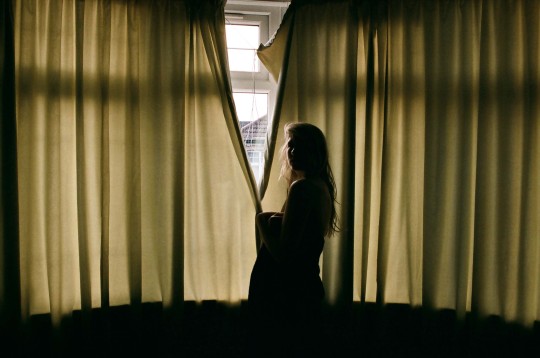
By Sophie Harris-Taylor
2 notes
·
View notes
Video
vimeo
Keaton Henson - You
3 notes
·
View notes
Text
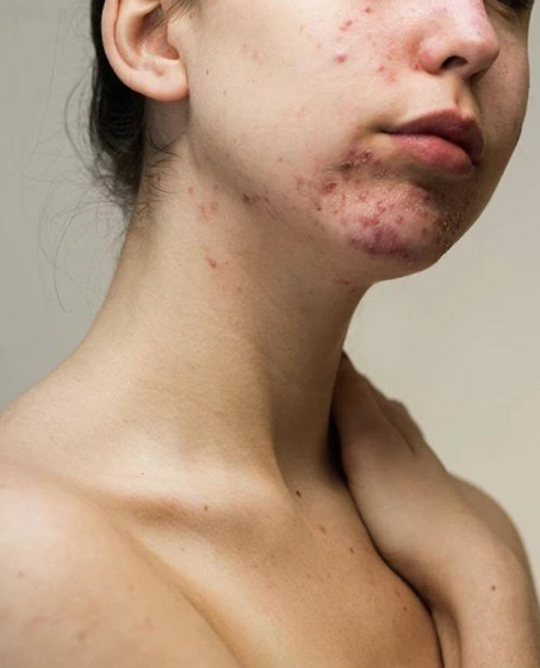
Normal
#girl#pele#skin#beautiful#love#self love#model#histerismo#love yourself#details#self acceptance#piel#se ame#skin positive#skin positivity#empowerment#sophieharristaylor#espinhas#espinha#skin girl#acne#normal#real beauty
745 notes
·
View notes
Video
vimeo
Keaton Henson - You
3 notes
·
View notes
Video
vimeo
Keaton Henson - You
2 notes
·
View notes
Video
vimeo
Keaton Henson - You
#Vimeo#keatonhenson#slowmotion#willwilliamson#sophieharristaylor#antirecords#beautiful#music#video#sweet dreams
1 note
·
View note
Video
vimeo
Keaton Henson - You
1 note
·
View note